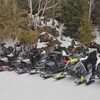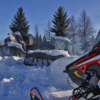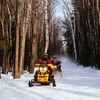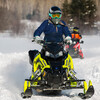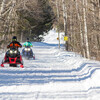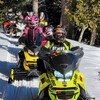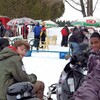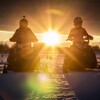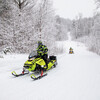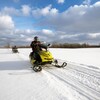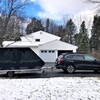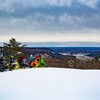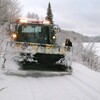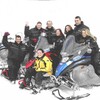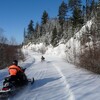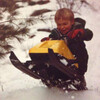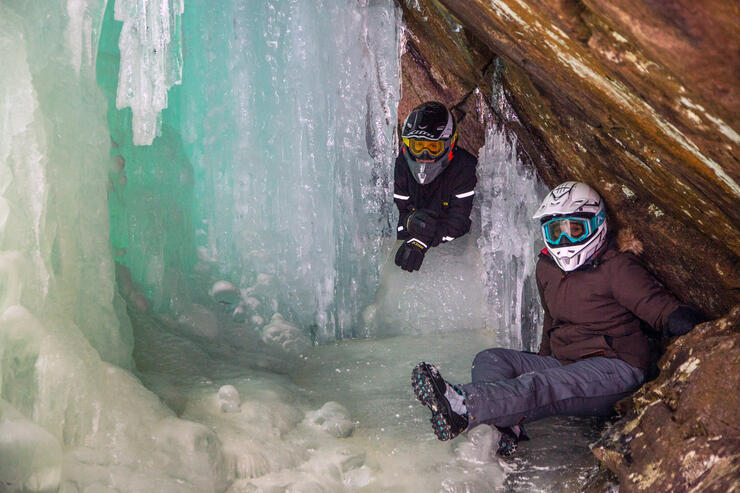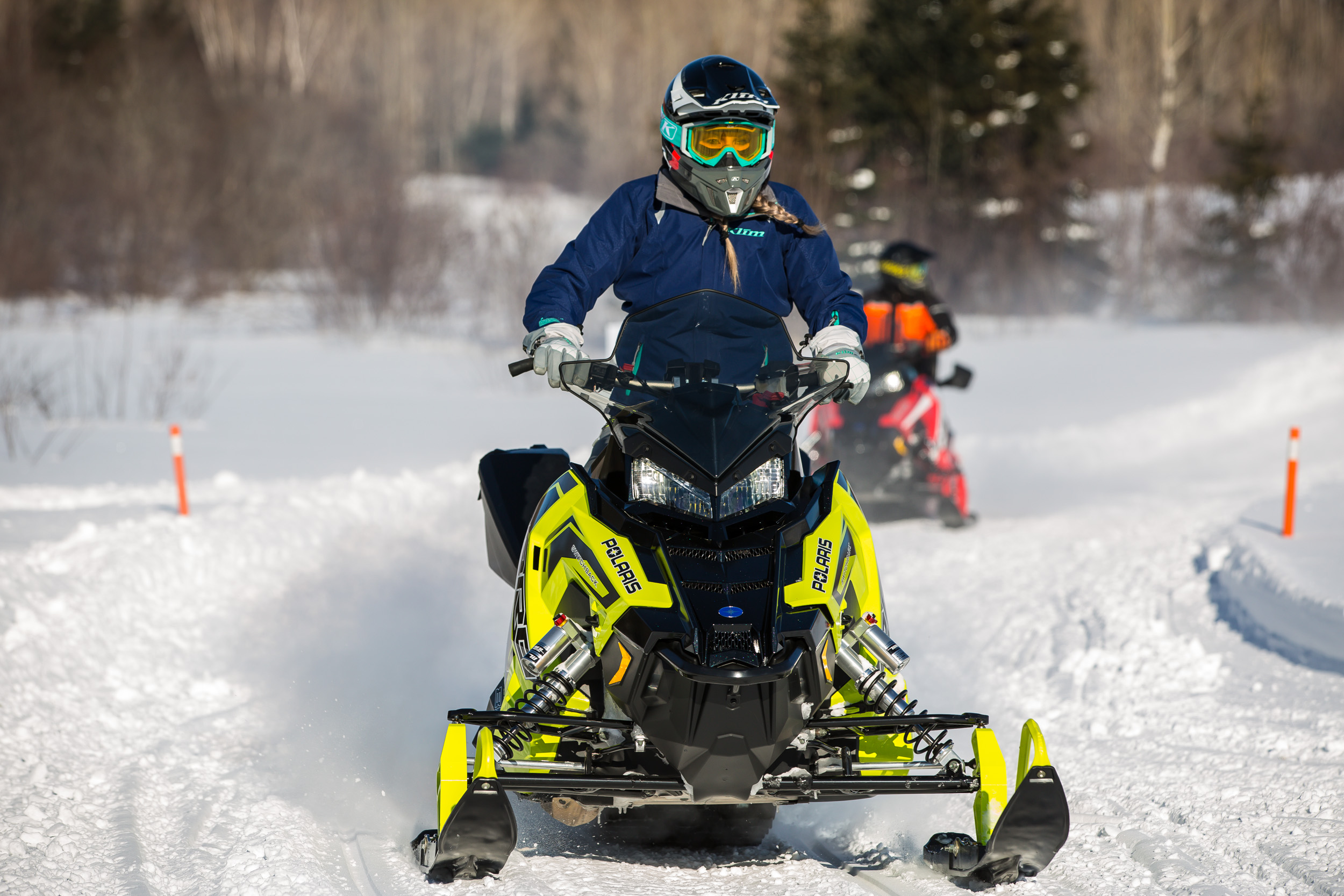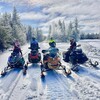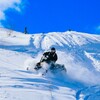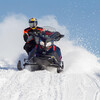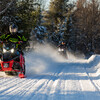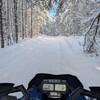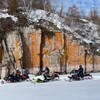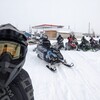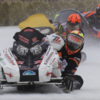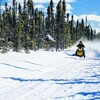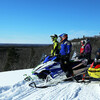
How to Start Your Sledding Season Safely
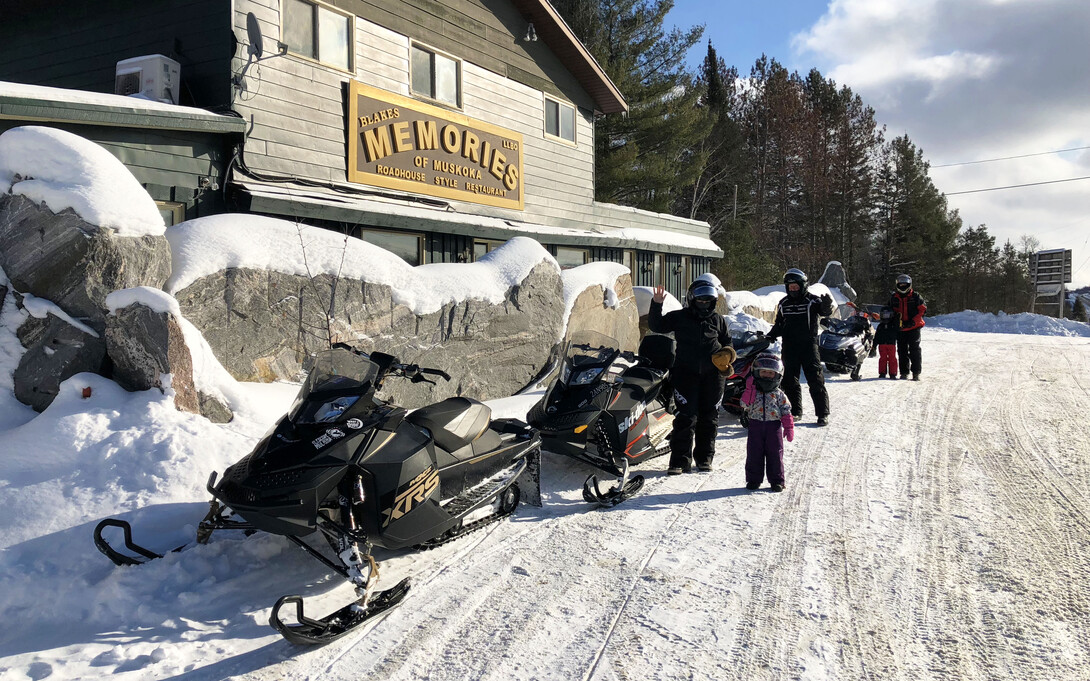
If you identify as a motorhead, you probably spent the summer boating, biking, ATVing, or installing mods on your sled without telling your buddies—doing whatever it takes to get your kicks. With snowmobile season approaching but not quite here yet, there’s nothing to do but watch videos from last year, read up on predictions for this year, or sit around and wait for your new sled to arrive in a crate. Regardless, we’re all drooling for snow. Sadly, each year we see seasons cut short, or lives lost, in the early season. So let’s talk safety…
Yeah, yeah, safety sucks! And maybe you’ll stop reading here, but if one person reads this and avoids disaster, then I’ve done my job. But what does safety mean?
Take a Deep Breath and be Patient
“Yeah Ryan, you seem like a real patient guy.” Well, when it comes to the early-season rides that offer so many hazards, I become patient. In my home riding area, the Parry Sound Snowmobile District is famous for opening the iconic Seguin Trail fairly early. That trail has some major water hazards, and large rocks under the snow; it can have newly fallen trees, and it can be very narrow as the season starts. Please, regardless of where you ride in the early season, take it easy, watch for hazards with eagle eyes, expect the worse, and get home safe. Also, please think about others out there—the freshly-licensed 12-year-olds who may have less riding years than you, or those riders in their 80s who are still at it and aren’t out to tear up the trail.
Conditions Change Hourly
It takes but a split second for a river to form on a trail, a pressure crack to form on a lake, or a rider to break down in a narrow spot. Washouts can happen whilst you’re filling up on homemade soup and a burger, please remember that. When you hop back on your steed and backtrack, remember that conditions could have changed during lunch.
Snow Conditions
Being able to “read” the conditions is a very important skill and can take many years to develop. We all see how important avalanche training courses are for mountain sledding, cutting away layers and reading them to assess the likelihood of an avalanche. But what about trail sledding? Much like mountain sledding, we experience “layering.” We all hope for wet snow and a deep freeze, then 10 feet of snow, then settling, then a thaw and refreeze, more fresh powder, and then “Bye bye, hazards.” But this is so rare that we must take the time to read the conditions in different areas.
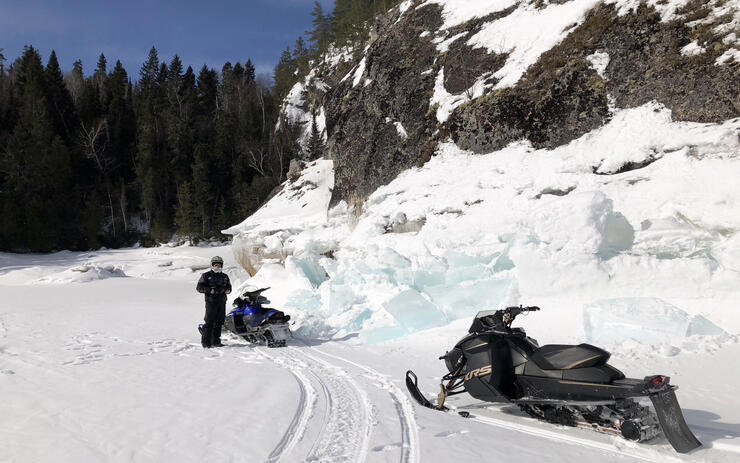
Remember the weather patterns from the season, and learn to understand how they affect the year’s conditions. Tracks and bulkheads are expensive, but parts are replaceable; you're not! How would your family feel to hear you’ve been airlifted to the hospital?
Ice Conditions
Early-season ice forms at the shoreline, leaving many to believe it’s safe everywhere. Wrong. The best way to be safe on unknown ice conditions is not to follow other snowmobile tracks but instead, to don a life jacket or floater suit, ice picks, a floating rope, grab a friend or two, and literally cut holes in the ice. Pay particular attention to danger areas—where currents flow, depths change, trees and rocks that create spots where the ice is thin.
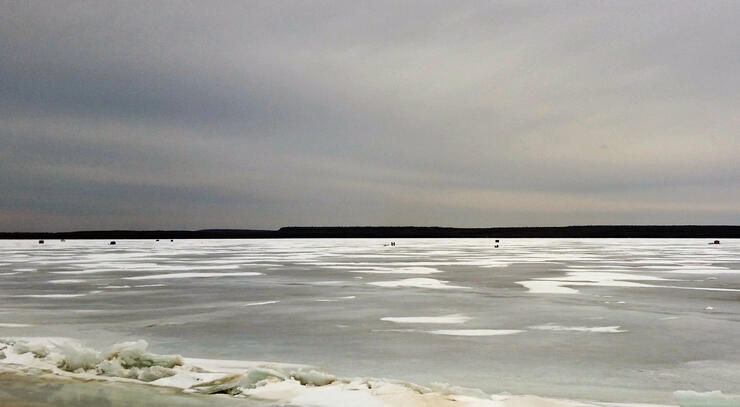
Pay attention to your local boating lake during the summer and you’ll spot these areas easier in the winter. If you’re not from the area, ask around. “Know before you go” applies here. Click here for more specific info on ice conditions throughout the season.
Patience Is The Key
Like anything in life, focusing on a positive result and planning to attain it goes a long way in succeeding. Read the conditions, make smart choices, and you’ll get home safe. Please take a deep breath, take it easy, be aware of other riders, and enjoy the scenery!
Recommended Articles
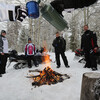
The Complete List of Snowmobile Events in Ontario 2025-2026
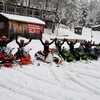
The Best Snowmobile-Friendly Lodges
Snowmobiling Winter Weather Forecast 2025-2026
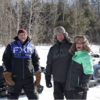
I Rode the Explorers Snow Tour in Ontario and Here’s What It Was Like
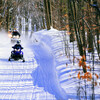
Why Ontario is One of the Best Snowmobile Destinations in the World
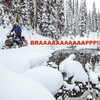
11 TikToks That Prove Ontario is the Best Place To Go Snowmobiling
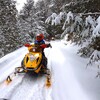
5 Weekend Snowmobile Getaways Near the GTA
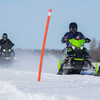
31 Ways To Get In The Know About Snowmobile Trail Riding in Ontario
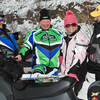
A Beginner's Guide to Snowmobile Lingo
